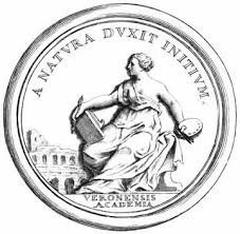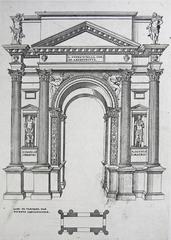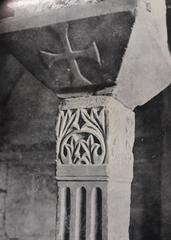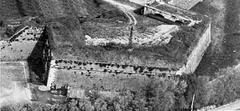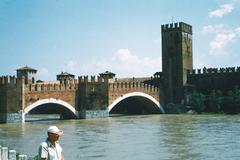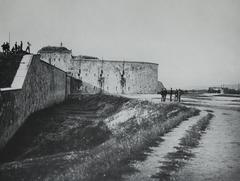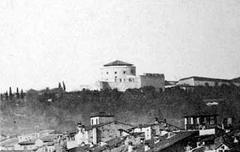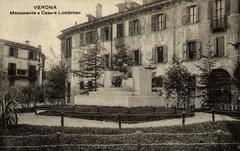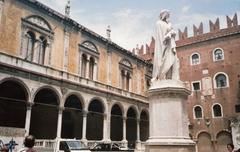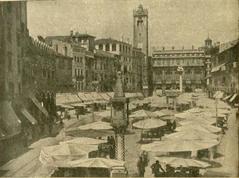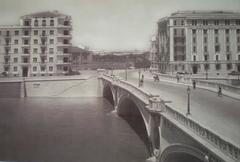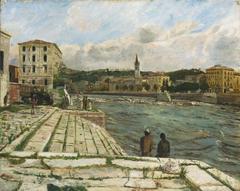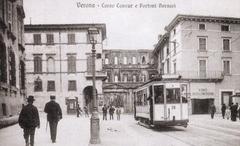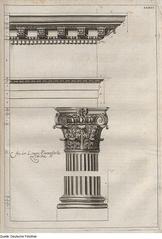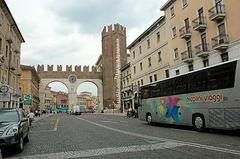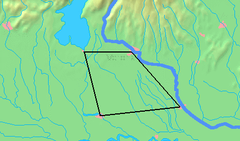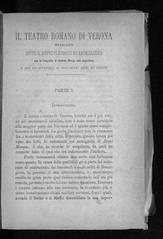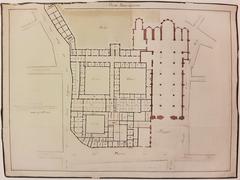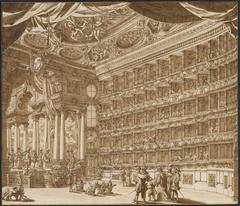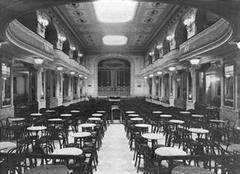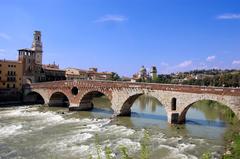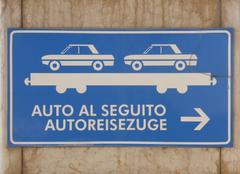Comprehensive Guide to Visiting Punto Panoramico, Verona, Italy
Date: 01/08/2024
Introduction
Verona, a city renowned for its profound historical and cultural heritage, offers an extraordinary blend of Roman, medieval, and Renaissance architecture. Among its many attractions, the panoramic viewpoints, collectively known as Punto Panoramico, provide visitors with unparalleled vistas of the city’s historic landscape. These viewpoints are not only scenic but also steeped in history, offering insights into Verona’s evolution from an ancient Roman settlement to a UNESCO World Heritage Site. This comprehensive guide will delve into the history, significance, and practicalities of visiting these stunning viewpoints, including ticket prices, visiting hours, and travel tips. Whether you are a history enthusiast, architecture aficionado, or simply a lover of beautiful landscapes, this guide will equip you with all the essential information for a memorable visit to Punto Panoramico in Verona.
Table of Contents
- Introduction
- Historical Background
- Significance of Punto Panoramico
- Cultural and Architectural Insights
- Nearby Attractions
- Visitor Tips
- FAQ
- Conclusion
Historical Background
Verona has been a significant settlement since ancient times. First settled by the Etruscans and later conquered by the Romans in the 3rd century BC, Verona flourished as a vital urban center. Monumental structures such as the Arena di Verona, the Roman Theatre, and the Arco dei Gavi underscore the city’s importance in the Roman Empire and its strategic location along key trade routes (Britannica).
Medieval and Renaissance Periods
During the Middle Ages, Verona continued to grow in prominence under the rule of the della Scala family, who left a lasting legacy through numerous Gothic and Romanesque buildings. The Basilica of San Zeno Maggiore is a masterpiece of Romanesque architecture (Italy Chronicles). The Renaissance period further enriched Verona’s architectural landscape with contributions from renowned architects such as Fra Giocondo and Michele Sanmicheli.
Modern Era and UNESCO Recognition
In modern times, Verona’s historical significance was recognized when it was designated a UNESCO World Heritage Site. This designation highlights the city’s well-preserved medieval and Renaissance architecture, which offers a window into its storied past (Italy This Way).
Significance of Punto Panoramico
Punto Panoramico, or panoramic viewpoints, in Verona offer visitors breathtaking views of the city’s historic landscape. These viewpoints are strategically located to provide sweeping vistas of Verona’s architectural marvels, including the Arena di Verona, the Adige River, and the surrounding hills.
Castel San Pietro
One of the most popular panoramic viewpoints is Castel San Pietro. Originally a Roman temple, it was later transformed into an Austrian military fortification. Today, it offers an unparalleled view of Verona, especially at sunset when the city’s lights begin to twinkle (Go Verona). On clear days, visitors can even see the peaks of the Appennino Tosco-Emiliano, over 100 kilometers away. Visiting Hours: The viewpoint is open daily from 8:00 AM to 8:00 PM. Tickets: Entrance is free.
Torre dei Lamberti
Another significant viewpoint is the Torre dei Lamberti, the tallest medieval tower in Verona. Standing at 84 meters, the tower provides a 360-degree view of the city. Visitors can either climb the 368 steps or take an elevator to the top (Go Verona). Visiting Hours: Monday to Friday from 10:00 AM to 6:00 PM, and weekends from 11:00 AM to 7:00 PM. Tickets: €8, or included with the VeronaCard.
Giardino Giusti
The Giardino Giusti, a late Renaissance garden, is another notable panoramic spot. The garden’s terraces offer stunning views of Verona’s skyline, framed by meticulously landscaped greenery. The garden is also home to the monumental cypress tree under which the German writer Goethe once rested (Go Verona). Visiting Hours: Daily from 9:00 AM to 7:00 PM. Tickets: €10.
Cultural and Architectural Insights
Verona’s panoramic viewpoints not only offer visual delights but also provide insights into the city’s cultural and architectural evolution. The views from these points encapsulate the blend of Roman, medieval, and Renaissance influences that define Verona’s unique character.
Roman Influence
The Roman influence is evident in the city’s layout and the presence of ancient structures such as the Arena di Verona and the Roman Theatre. These landmarks are a testament to Verona’s importance in the Roman Empire and its role as a cultural and economic hub (Britannica).
Medieval and Gothic Architecture
The medieval period introduced Gothic elements to Verona’s architectural landscape. The Basilica of San Zeno Maggiore and the Church of Sant’Anastasia are prime examples of this style, characterized by their intricate facades and soaring spires (Italy Chronicles).
Renaissance Contributions
The Renaissance period brought a renewed focus on symmetry and classical elements, as seen in the works of Fra Giocondo and Michele Sanmicheli. Their contributions include the Palazzo Bevilacqua and the city gates, which blend functionality with aesthetic appeal (Italy This Way).
Nearby Attractions
For a full travel experience, consider visiting nearby attractions such as Juliet’s House, the Verona Cathedral, and the Ponte Pietra. These sites offer additional insights into Verona’s rich history and architectural beauty.
Visitor Tips
To make the most of a visit to Verona’s panoramic viewpoints, consider the following tips:
- Timing: Visit Castel San Pietro at sunset for a magical view of the city transitioning from day to night. Early morning visits to Torre dei Lamberti can also provide a serene experience with fewer crowds.
- Accessibility: While some viewpoints require a climb, such as the 200 steps to Castel San Pietro, others like Torre dei Lamberti offer elevator access. Check accessibility options in advance (Go Verona).
- Weather: Clear days offer the best visibility, allowing you to see distant landmarks and enjoy unobstructed views. Plan your visit around favorable weather conditions.
- Tickets: Some viewpoints, like Torre dei Lamberti, require an entrance fee. Consider purchasing a VeronaCard, which provides access to multiple attractions at a discounted rate (Go Verona).
FAQ
-
What are the visiting hours for Punto Panoramico in Verona?
- Visiting hours vary by location. Castel San Pietro is open daily from 8:00 AM to 8:00 PM, Torre dei Lamberti from 10:00 AM to 6:00 PM on weekdays and 11:00 AM to 7:00 PM on weekends, and Giardino Giusti from 9:00 AM to 7:00 PM daily.
-
Are there any entrance fees for the panoramic viewpoints?
- Yes, Torre dei Lamberti charges €8, while Giardino Giusti charges €10. Castel San Pietro is free to enter.
-
What is the best time to visit these viewpoints?
- Sunset at Castel San Pietro and early mornings at Torre dei Lamberti are ideal for the best views and fewer crowds.
Conclusion
Verona’s panoramic viewpoints are more than just scenic spots; they are windows into the city’s rich history and cultural heritage. From the ancient Roman structures to the Gothic and Renaissance masterpieces, these viewpoints offer a comprehensive glimpse into the architectural and historical evolution of Verona. Whether you’re a history enthusiast, an architecture aficionado, or simply a lover of beautiful vistas, Verona’s panoramic points are sure to leave a lasting impression. For more travel tips and updates, download the Audiala app and follow us on social media.
References
- Verona, Italy. (n.d.). In Britannica. Retrieved from https://www.britannica.com/place/Verona-Italy
- Verona Through The Ages: A Historical Timeline. (n.d.). In Italy Chronicles. Retrieved from https://italychronicles.com/verona-through-the-ages-a-historical-timeline/
- Verona. (n.d.). In Italy This Way. Retrieved from https://www.italythisway.com/places/verona.php
- Migliori Punti Panoramici di Verona. (n.d.). In Go Verona. Retrieved from https://www.goverona.it/migliori-punti-panoramici-di-verona/
- Best Time to Visit Verona. (n.d.). In UseBounce. Retrieved from https://usebounce.com/guides/verona/best-time-to-visit-verona
- Things to Do in Verona. (n.d.). In The Planet D. Retrieved from https://theplanetd.com/things-to-do-in-verona/
- Things to Do in Verona. (n.d.). In Timeless Travel Steps. Retrieved from https://timelesstravelsteps.com/verona-city-guide-your-essential-pre-trip-resource/
- Verona, Italy. (n.d.). In Visit Verona. Retrieved from https://www.visitverona.net/i-migliori-punti-panoramici-di-verona/
- Verona, Italy. (n.d.). In Dream Big Travel Far Blog. Retrieved from https://www.dreambigtravelfarblog.com/blog/things-to-do-in-verona-italy
- 2 Days in Verona, Italy. (n.d.). In The Travel Folk. Retrieved from https://thetravelfolk.com/2-days-in-verona-italy/
- Verona, Italy. (n.d.). In Savoring Italy. Retrieved from https://www.savoringitaly.com/verona-italy/
- Arena di Verona Opera Festival. (n.d.). In Arena di Verona. Retrieved from https://www.arena.it/en/
